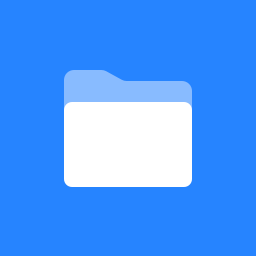Migrating content to itslearning
Access to the source data in the Legacy platform
The legacy platform (the system exporting content) must be able to share content to be migrated in a well-documented, well-structured, machine readable fashion. This could be via access to the source database or via a file dump of the data.
Cleary identify content ownership
Each piece of data to be migrated into itslearning must have an “owner”. This owner must exist within itslearning at time of migration. Although you can create “ghost” users in itslearning in order to migrate content we do not recommend this. Many times the access, sharing, update and deletion of in itslearning can only be performed by the user who owns the content.
Upload users and courses to itslearning
The Organisation API itself does not create users or courses in itslearning. However, there are several existing systems for doing this. Users, courses and course membership can be uploaded to itslearning via IMS-E, IMS-ES or other integration systems.
Each synckey will uniquely identify the user in itslearning and can be used in the organisation API to associate users and content.
Map content from the legacy platform to itslearning
Each item to be imported into itslearning must be mapped to the relevant section of itslearning. This should be straight forwards – personal files into ePortfolio, assignments into courses, etc. However, sometimes the mapping may not be as clear cut. We recommend that part of pre-planning makes sure the mapping is clear and understandable to the user.
Start with the content import supported organisation toolkit review – see the list below. Not all content that can be added to itslearning through the UI can be migrated with the toolkit.
Create middleware to translate the legacy content into itslearning.
Any system that will migrate data through the API must be able to communicate with itslearning using SOAP services protected by WS-Security. The steps below are a starting point for the designing the migration process – the definitive design can be discussed with itslearning consultants.
General Migration Process
- Migrate users, groups and classes.
- Create users via IMS-ES.
- Create courses via IMS-ES.
- Create course memberships via IMS-ES.
- Migrate each user’s ePortfolio. For each user:
- Migrate all of the files to itslearning.
- Create folders and allocate the files in ePortfolio.
- Migrate courses
- Migrate course files
- Migrate any course files to itslearning through the organisation API.
- For each user create folders and allocate the files through the organisation API.
- Create course element structure
- Create the course element folder structure through the organisation API.
- Migrate course elements. For each element.
- Migrate any resource files to itslearning through the organisation API.
- Create the element through the organisation API
- Migrate course files
Depending on your source data you may want to
- First, create all resources through the organisation API and then allocate them to users/courses after.
- Create the structure first (folders in ePortfolio, folders in courses) and then push the content into the empty structure.
